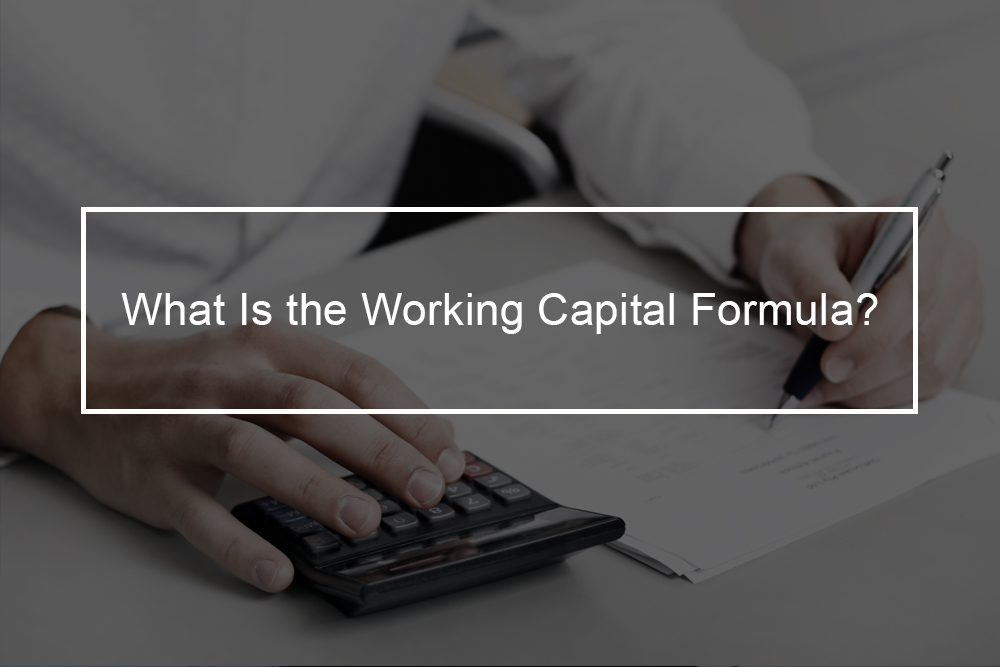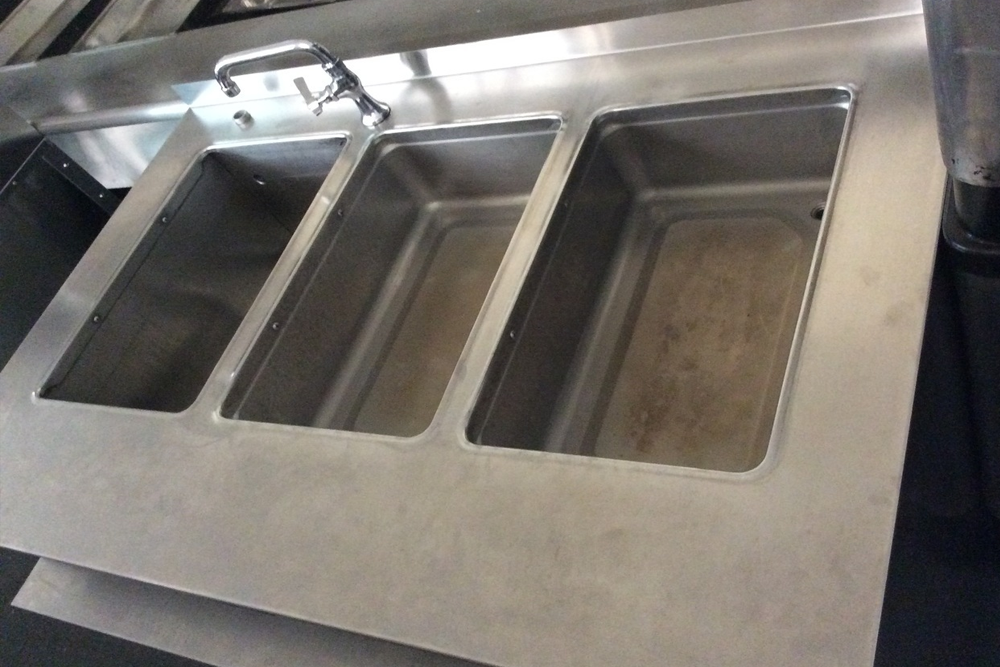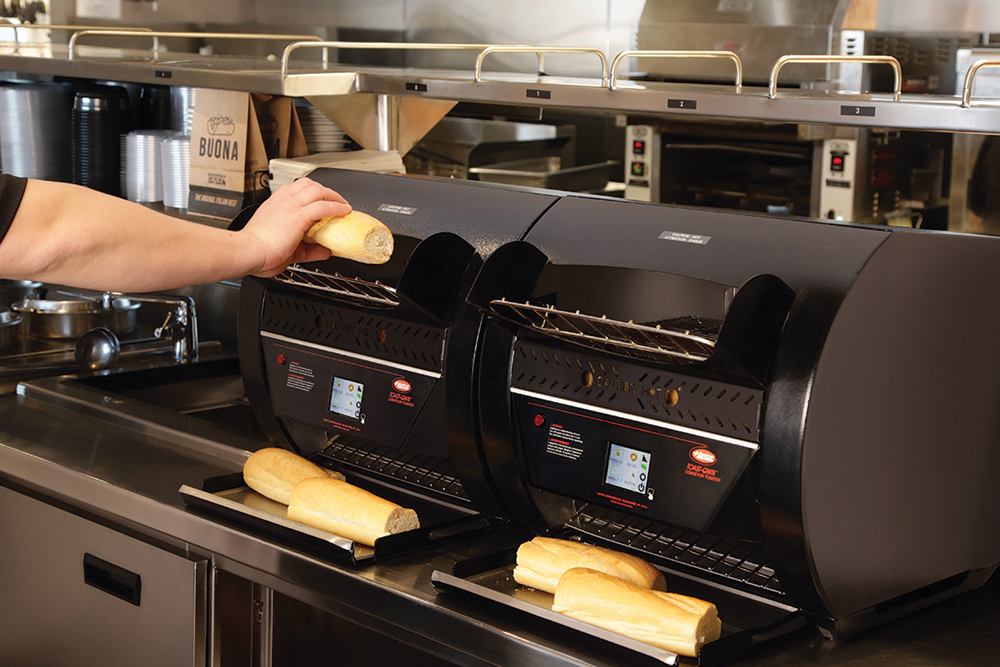One of the main reasons behind a business owner’s desire to analyze a business’s balance sheet is that doing so allows them to discover the company’s working capital or its current position. Working capital depicts a great deal about the financial condition or the short-term liquidity position of a company. Typically, working capital is more reliable than almost all the other financial ratios or balance sheet calculations since it informs you what would remain if a business took all its short-term resources and utilized them to fund all its short-term liabilities. Above all being equal, the more working capital a business has on hand, the less financial pressure it experiences. Nonetheless, a business that keeps too much working capital on hand can drag down its returns. A business owner might have been better off if the board of directors chose to distribute some of that unused cash in the form of share repurchases or dividends or share repurchases instead. It can be a tricky evaluation.
How do you calculate working capital?
Working capital is the simplest of all the balance sheet formulas to calculate. Here is the formula you will need:
Current assets – Current liabilities = Working capital
For instance, say business has $500,000 in cash on hand. It also has $250,000 unpaid and owed to the business in the form of accounts receivable. It has $1 million in physical property assets and inventory. Its current assets are thus $1.75 million. Let’s look at $400,000 in accounts payable, $100,000 in accrued liabilities, and $50,000 in short-term debt. Its current liabilities are thus $550,000. Deducting the business’s current liabilities from its current assets results in working capital of $1.2 million. That is very good, not unless it is a decrease from last quarter. A business’s current ratio is calculated utilizing the same elements as working capital.
Why is working capital important?
A business in good financial shape should have enough working capital on hand to clear all its bills for a year. You can tell if a business has the resources required to expand internally or if it will have to turn to financial markets or a bank to raise extra funds by studying its working capital degrees. The company in the above example is likely to be able to expand internally since it has the available funds. One of the main benefits of calculating a business’s working capital position is being able to predict many potential financial challenges that might arise. Even a very profitable company with billions of dollars in fixed assets will rapidly find itself in bankruptcy court if it can not pay its bills when they come due.
Under most favorable conditions, insufficient levels of working capital can cause financial pressures on a business, which will increase the numbers of late payments made to vendors and creditors, as well as its borrowing. All of this can ultimately cause a lower corporate credit ranking. A lower credit rating means the bond market and banks will demand higher interest rates. This can cost a business a lot of money over time as the cost of capital increases, and less revenue makes it to the bottom line.
Positive working capital vs. negative working capital
Having a positive working capital can be a good symbol of a business’s short-term financial health since it has sufficient liquid assets remaining to fund short-term bills and internally fund its business growth. Without extra working capital, a company might have to borrow additional funds from a bank or turn to investment bankers to raise more funds. Negative working capital indicates assets are not being utilized effectively, and a business might face a liquidity crisis. Even though a company has invested in fixed assets a lot, it will face financial challenges if liabilities come too soon. This might cause more borrowing, late payments to creditors and suppliers, and, as a result, a lower corporate credit ranking for the company.
When is negative working capital ok?
Usually, negative working capital on a balance sheet means a company is not adequately liquid to pay its bills for the next year and sustain growth. However, negative working capital can actually be a good thing for some high-turn companies. Businesses that enjoy high inventory turns and do business on a cash basis, like discount retailers and grocery stores, require very little working capital. These kinds of businesses can raise money anytime they open their doors. The businesses then turn around and invest that money back into extra inventory to increase sales.
Since cash is generated so fast, management can simply stockpile the profits from its daily sales for a short period. This makes it needless to keep large amounts of net working capital on hand if a financial crisis arises. However, for a capital-intensive firm like a company responsible for manufacturing heavy machinery is a totally different story. These kinds of businesses are selling costly items on a long-term-payment basis not to raise cash as quickly as businesses that enjoy high inventory turns. The inventory on the balance sheet for this kind of company is usually ordered months in advance, so it can seldom be sold fast enough to raise capital for a short-term financial disaster. Indeed it might well be too late by the time it can be sold. These kinds of companies might have a hard time keeping enough working capital on hand to get through any unpredictable difficulties.
Some adjustments to the working capital formula
Whereas the above formula and example are the most standard definition of working capital, there are other, more focused definitions.
Examples of alternative working capital formulas:
- Current Assets – Cash – Current Liabilities (excludes cash)
- Accounts Receivable + Inventory – Accounts Payable (this represents only the “core” accounts that makeup working capital in the day-to-day operations of the business)
Net Working Capital Ratio
The net working capital ratio is another way you can compare liabilities and assets. This ratio provides an idea as to whether or not a business has short-term assets to fund short-term debt. Calculating your company’s net working capital ratio is simple. You simply divide the numbers instead of deducting them to get a ratio. The formula is as follows:
(Current Assets) / (Current Liabilities)
Typically, the working capital ratio should be between 1.2 and 2.0. If the ratio is higher than 2.0, you cannot effectively utilize current assets to accumulate revenue. On the other hand, if the ratio is less than 1.0, you might have potential liquidity problems, which can be a red flag. Bear in mind that this ratio might be misleading if a business has a lot of inventory. As far as current assets go, it is not always possible to liquidate inventory in the short term.
What is the formula for calculating the change in net working capital?
After you know how to calculate net working capital, it can be beneficial to calculate net working capital change over time. By doing so, you can compare how your business assets are performing from one duration to the next—typically in yearlong increments: however, you can calculate change quarterly as well. How do you calculate the change in net working capital? The formula is outlined below:
(Current Net Working Capital) – (Previous Net Working Capital)
It is essential to remember that this calculation does not paint the whole picture. Sometimes companies strategically choose to increase short-term liabilities for a particular period, resulting in adverse fluctuations. That said, it is wise to keep tracking changes in net working capital so you can keep an eye on your operating cash flow (OFC). As a business owner, it is vital to know how to calculate working capital. We hope you see that the formula is not at all sophisticated to understand and that you take advantage of this useful tool to understand your company’s financial health.
The working capital formula is an essential measure of your company’s short-term liquidity. When you are calculating the net working capital, keep the following in mind:
- Generally, positive working capital is better than a negative working capital for most companies, except for businesses with high inventory turnover.
- You can calculate your working capital by deducting current liabilities from current assets.
- Lending institutions can evaluate working capital by looking at your balance sheet or bank statements.
- After you know how to find a change in net working capital, it is possible that you may want to try and improve it. You can boost your working capital by collecting accounts receivable faster, increasing profits, liquidating long-term assets cutting debt and other costs, and smartly managing inventory levels.
Note that working capital is a dynamic number. Sometimes, things outside of your control can cause your working capital to decline. However, you can also take actionable steps to improve this number and grow your small business.












